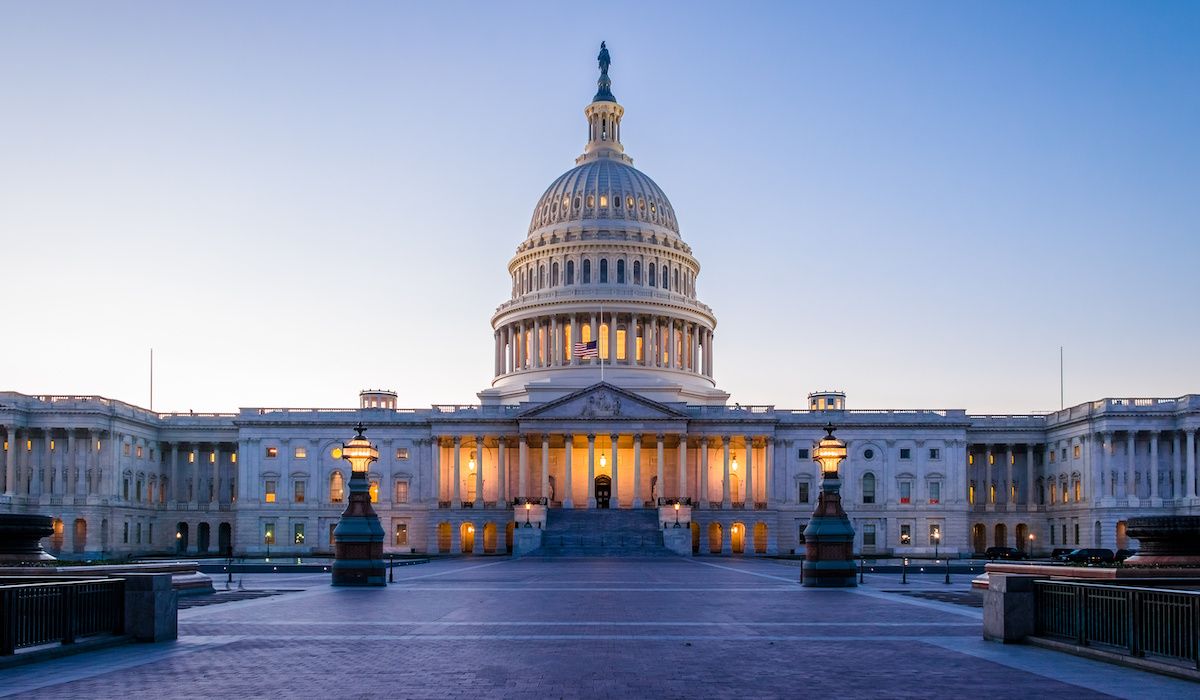Article
Charting the Path to Health Equity: Steps for Providers
Author(s):
Heart disease is America’s top killer, and people living in poverty are affected at higher rates. With that in mind, the American College of Cardiology devoted devoted a 3-part intensive to this issue at the 66th Scientific Session.
All medicine is not delivered equally, and this unfortunate truth finds its way into data on health disparities. The Affordable Care Act (ACA), through its focus on better quality care and accountable care organizations (ACOs), sought to create both financial rewards and punishments for providers with a focus on population health—the idea of measuring the care of everyone covered by the health system.
This call for quality for all—first described in the 2001 Institute of Medicine report, Crossing the Quality Chasm—asks health systems to pay attention to those things like diet, poverty, and job status that keep people from getting care or make chronic disease worse, called “social determinants of health.”
Heart disease is America’s top killer, and people living in poverty are affected at higher rates, according to the CDC. With that in mind, at its 66th Scientific Session the American College of Cardiology devoted a 3-part intensive, “Health Equity’s Long Journey: Are We There Yet?” to this issue. The final portion covered how providers and health systems can take action to promote health equity in their own communities.
Act Locally to Create Chan
Tulane University Professor of Medicine Keith C. Ferdinand, MD, led off the session with a video of a 33-year-old New Orleans jazz musician, whose initial complaint of stomach pain—and a diagnosis of gallstones—escalated into surgery and a host of complications, including congestive heart failure that cost more than $500,00 to treat. Delays in getting the young man enrolled in ACA did not help.
For Ferdinand, the young man’s case was the type that would typically cost hospitals like his to run in the red, but Medicaid expansion is allowing for more preventive care and bringing more stability to the institutions that serve the poor. Ferdinand expressed frustration that Louisiana’s former governor, Bobby Jindal, declined Medicaid expansion. After a late start under Governor John Bel Edwards, more than 378,000 people have enrolled in Medicaid expansion in Louisiana, already exceeding first-year estimates.
But Medicaid expansion—and indeed, the look of Medicaid itself—faces uncertainty as Congress debates replacing the ACA with the American Health Care Act, which calls for converting Medicaid to a per capita grant program, something that worries cardiologist Robert Califf, MD, the recently departed FDA commissioner who has returned to Duke University. “There’s no magic bullet,” to solving the problems of healthcare disparities, and just as the causes are many, the solutions must be, too.
Califf worries what will happen to healthcare for the poor if Medicaid funds are handed off to states with fewer rules. However, from his experience, he pointed to several concrete actions that health systems could take:
- Realize that much of what happens in the next 4 years will happen at the local level. Healthcare needs to be made part of the local community agenda, over a period of time.
- Get active in the politics of healthcare legislation. Health systems are major employers in their communities and have clout with elected officials, he said. And, “Opinion about a likely impact is improved by empirical evidence,” he said.
- Keep doing research, and put measurement systems in place. This will help overcome the tendency to put community clinics only in places with high reimbursement rates, instead of the places where they are most needed.
- Support the other “determinants of health,” such as local education systems.
- Medicaid block grants may come, but this “will force the health system to do something different,” Califf said, such as experimenting with digital health. People want healthcare that is “close, connected, and accountable.”
- Stick with the basics, like improving patients’ blood pressure and cholesterol, and getting people to cut salt and stop smoking. “The biggest issue in the long run is prevention,” Califf said.
Kimberlydawn Wisdom, MD, MS, senior vice president of Community Health & Equity at the Henry Ford Health System in Detroit, offered a host outreach examples, such as using retired professional athletes to engage men in their health and using an $850,000 grant to publish a series of research papers on diabetes. One of the current challenges is an alarming rate of infant mortality.
The biggest issue, she said, is that health systems can’t just be dedicated to serving the poor when funds are available. “Grants come and go,” she said. “Health systems have to be in it for the long haul,” she said.
Other speakers discussed deploying of data to pinpoint areas of need, and to harness health data for research. Kevin Campbell, MD, a specialist on heart disorders who appears frequently on television, spoke about the use of technology, including social media, to help patients improve their health. Data are everywhere, he said. “We have to just figure out how to use it intelligently.”
A speaker from CDC, Wayne H. Giles, MD, MS, highlighted a new data initiative called 500 Cities, which aims to bring health data down to the census tract level in the most populated areas.
Echoing Califf’s talk at ACC in 2016, Campbell said, “FDA must be making better use of big data, to lower the cost of getting important therapies, and getting therapies to the patients who need it.”
Ileana Pina, MD, said health systems need to change the way they think about “cultural competence,” and they need to have a process to make honest assessments about their ability to treat patients from various backgrounds. Many in medicine will agree that health equity is a problem but not their problem—she pointed to data that found 34% agreed there were disparities, but only 12% felt it was a problem at their institution and 5% said they were doing it.
Once an institution has a plan, Pina said, “You’ve got to put it into action. You’ve got to abide by it,” she said. “It can’t be, OK, I’ll check it next year.”

The Importance of Examining and Preventing Atrial Fibrillation




